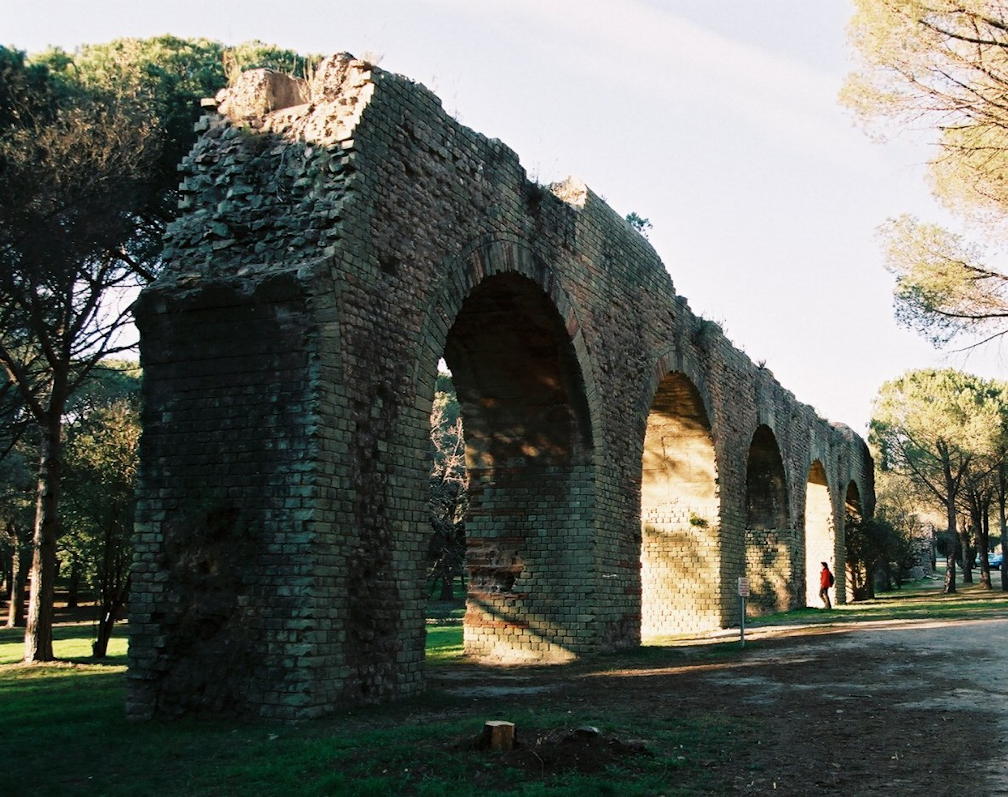Negative Space: water
- Bathroom paranoia
-
 This is the most paranoid “employees must wash hands” sign I’ve seen so far. I’ve joked that the appropriate sign should add “and the rest of you pigs should consider it, too”. I never considered that people needed detailed instructions, including to turn off the water (even though turning the water on is not one of the steps).
This is the most paranoid “employees must wash hands” sign I’ve seen so far. I’ve joked that the appropriate sign should add “and the rest of you pigs should consider it, too”. I never considered that people needed detailed instructions, including to turn off the water (even though turning the water on is not one of the steps).
- Did government funding help keep Flint’s water unsafe?
- When researchers rely on government funding to keep their jobs, it should come as no surprise that they aren’t eager to publish findings that reflect badly on those government agencies that fund them.
- Government-assisted water shortage
-
 Congress-created dust bowl signs line I-5 in California—a coastal state.
Congress-created dust bowl signs line I-5 in California—a coastal state.
- The well of life: the revolution of reliable water
-
 Water is practically a modern invention: we use it far more today than we did a hundred years ago and we trust it more than we did a hundred years ago. Today reliable water is ubiquitous, and we complain if a building doesn’t have running water.
Water is practically a modern invention: we use it far more today than we did a hundred years ago and we trust it more than we did a hundred years ago. Today reliable water is ubiquitous, and we complain if a building doesn’t have running water.
More Information
- Neolithic dew-ponds and cattle-ways (ebook)
-
““Perhaps all those who have tried to realise the mode of life of the inhabitants of hill-encampments have found the question of the water-supply their greatest difficulty.” (Arthur John Hubbard and George Hubbard)
- The Jungle: Food and Water
-
“You need to take in about 10 to 12 liters of fluid every day. If you don’t, and you go two days, and your body hits 50%, your machine shuts down. For you that means death. So the most important thing for survival in the jungle is hydration, hydration, hydration.”
- Dew Pond Construction details
-
“The water collectors known as ‘dew ponds’ were invented in prehistoric times, but the technology is nearly forgotten today. A few functional dew ponds can still be found on the highest ridges of England’s bleak Sussex Downs and on the Marlborough and Wiltshire Hills, and connected to castle walls. Gilbert White described a dew pond at Selbourne, only 3 feet deep and 30 feet in diameter, that contained some 15,000 gallons of water which supplied 300 sheep and cattle every day without fail.”
 This is the most paranoid “employees must wash hands” sign I’ve seen so far. I’ve joked that the appropriate sign should add “and the rest of you pigs should consider it, too”. I never considered that people needed detailed instructions, including to turn off the water (even though turning the water on is not one of the steps).
This is the most paranoid “employees must wash hands” sign I’ve seen so far. I’ve joked that the appropriate sign should add “and the rest of you pigs should consider it, too”. I never considered that people needed detailed instructions, including to turn off the water (even though turning the water on is not one of the steps). Congress-created dust bowl signs line I-5 in California—a coastal state.
Congress-created dust bowl signs line I-5 in California—a coastal state. Water is practically a modern invention: we use it far more today than we did a hundred years ago and we trust it more than we did a hundred years ago. Today reliable water is ubiquitous, and we complain if a building doesn’t have running water.
Water is practically a modern invention: we use it far more today than we did a hundred years ago and we trust it more than we did a hundred years ago. Today reliable water is ubiquitous, and we complain if a building doesn’t have running water.